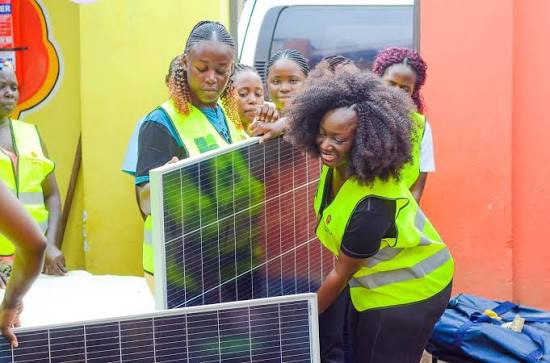In a rapidly evolving energy landscape, large arrays of lithium-ion batteries are increasingly connected to electrical grids across the United States, designed to store power and release it during peak demand. However, as these energy storage systems proliferate, community members are raising alarms about potential safety hazards, notably fires like the one that occurred at a California facility earlier this year.
Although supporters of battery storage technology assert that modern systems are safe, an increasing number of local governments are responding with moratoriums on new installations. We're not guinea pigs for anybody... we're not going to experiment, we're not going to take risk,” stated Island Park, New York Mayor Michael McGinty after his community passed a moratorium following a proposed project nearby.
Activism is particularly strong in Long Island, a region poised for substantial power infrastructure upgrades due to offshore wind developments. Recently, this area gained attention from political figures, including Environmental Protection Agency Administrator Lee Zeldin, who described New York's rapid energy approval processes as hasty to meet ambitious green power objectives.
Battery Growth Spurt
Battery energy storage systems—often referred to as BESS—play a pivotal role in optimizing resources by capturing inexpensive energy and redistributing it when demand is high, complementing the fluctuating nature of wind and solar energy. Leading the charge in implementing these systems, the U.S. and China are witnessing significant growth, with countries like Saudi Arabia and Australia also commissioning large-scale projects since early 2024.
California and Texas have emerged as frontrunners in battery storage adoption, yet other states are catching up with rapid private sector developments. Despite its historical resistance to renewable energies, the Trump administration allowed key tax incentives for energy storage projects in the latest federal budget for qualifying initiatives. In 2025 alone, developers added 4,908 megawatts of battery storage capacity, with major contributions from regions in Arizona, California, and Texas, enough to power approximately 1.7 million homes.
Lithium-ion Fire Worries
Critics of battery storage solutions commonly express their fears surrounding thermal runaway—a critical malfunction that could lead to fires or explosions. The 2022 incident at a California storage site serves as a reminder of these risks, resulting in the evacuation of approximately 1,500 residents due to toxic smoke emissions.
Despite increasing safety measures in the field, such as the adoption of stricter fire codes mandating modular designs in New York, residents remain skeptical. Laura Philpot, city manager of Maple Valley in Washington state, articulated the need for caution, as her community placed a temporary halt on new battery installations until further safety assurances are obtained.
Blocking Battery Systems
The tides of public opinion seem to be shifting, leading more communities to adopt similar moratoriums on battery storage systems. In Halstead, Kansas, voters will soon decide whether to prohibit larger facilities within city limits, indicative of a growing apprehension surrounding local safety and environmental impacts.
As public discourse continues around battery storage systems, proponents maintain that adherence to emerging safety standards and regulatory measures will ensure neighborhood safety. According to New York State Energy Research and Development Authority President Doreen Harris, investing in battery storage is essential for modernizing the energy grid, drawing parallels to early community concerns regarding solar farms, which have proven their value over time.





















